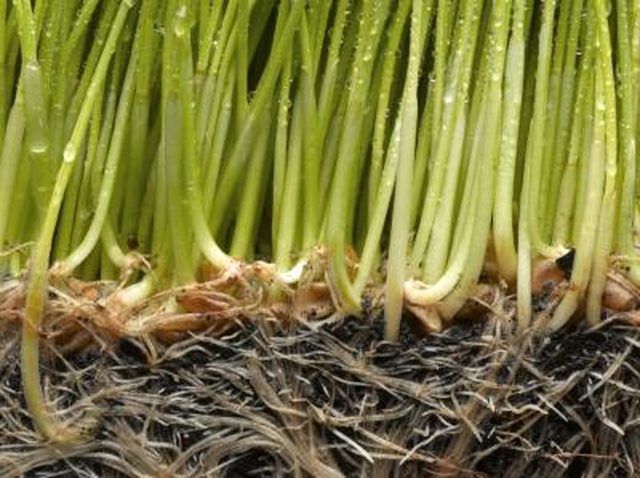Bulbs
Flower Basics
Flower Beds & Specialty Gardens
Flower Garden
Garden Furniture
Garden Gnomes
Garden Seeds
Garden Sheds
Garden Statues
Garden Tools & Supplies
Gardening Basics
Green & Organic
Groundcovers & Vines
Growing Annuals
Growing Basil
Growing Beans
Growing Berries
Growing Blueberries
Growing Cactus
Growing Corn
Growing Cotton
Growing Edibles
Growing Flowers
Growing Garlic
Growing Grapes
Growing Grass
Growing Herbs
Growing Jasmine
Growing Mint
Growing Mushrooms
Orchids
Growing Peanuts
Growing Perennials
Growing Plants
Growing Rosemary
Growing Roses
Growing Strawberries
Growing Sunflowers
Growing Thyme
Growing Tomatoes
Growing Tulips
Growing Vegetables
Herb Basics
Herb Garden
Indoor Growing
Landscaping Basics
Landscaping Patios
Landscaping Plants
Landscaping Shrubs
Landscaping Trees
Landscaping Walks & Pathways
Lawn Basics
Lawn Maintenance
Lawn Mowers
Lawn Ornaments
Lawn Planting
Lawn Tools
Outdoor Growing
Overall Landscape Planning
Pests, Weeds & Problems
Plant Basics
Rock Garden
Rose Garden
Shrubs
Soil
Specialty Gardens
Trees
Vegetable Garden
Yard Maintenance
Where Is DNA Located in Plant Cells?
Where Is DNA Located in Plant Cells?. All cells contain genetic information encoded in a spiral-ladder shaped molecule called DNA. Plants and animals are eukaryotes, meaning their DNA is stored in a structure inside the cell called the nucleus.

All cells contain genetic information encoded in a spiral-ladder shaped molecule called DNA. Plants and animals are eukaryotes, meaning their DNA is stored in a structure inside the cell called the nucleus.
Identification
DNA consists of two sugar-phosphate backbones with bases attached to each. The bases form hydrogen bonds with each other across the center of the helix. There are four bases found in DNA--adenine, thymine, guanine and cytosine, often abbreviated as A, T, C and G. Different combinations of bases code for different amino acids found in proteins. Sections of the genome that contain encoded instructions for making a particular protein are called a gene.
Features
DNA in plant cells is stored in the nucleus, a large structure inside the cell. The nucleus is enveloped by a double membrane with holes called nuclear pores. The nuclear pores are formed by complexes of proteins that regulate traffic through the pore to control entry and exit of other molecules.
Function
Genes in plant cells are transcribed into RNA copies called messenger RNAs or mRNAs. mRNAs are similar to DNA but exhibit several key differences; they are single-stranded, their sugar-phosphate backbone contains the five-carbon sugar ribose instead of deoxyribose and they contain the base uracil instead of thymine. mRNAs are modified then exported through the nuclear pores to go out into the cell, where complex structures called ribosomes will catalyze synthesis of proteins using the instructions encoded in the mRNA.